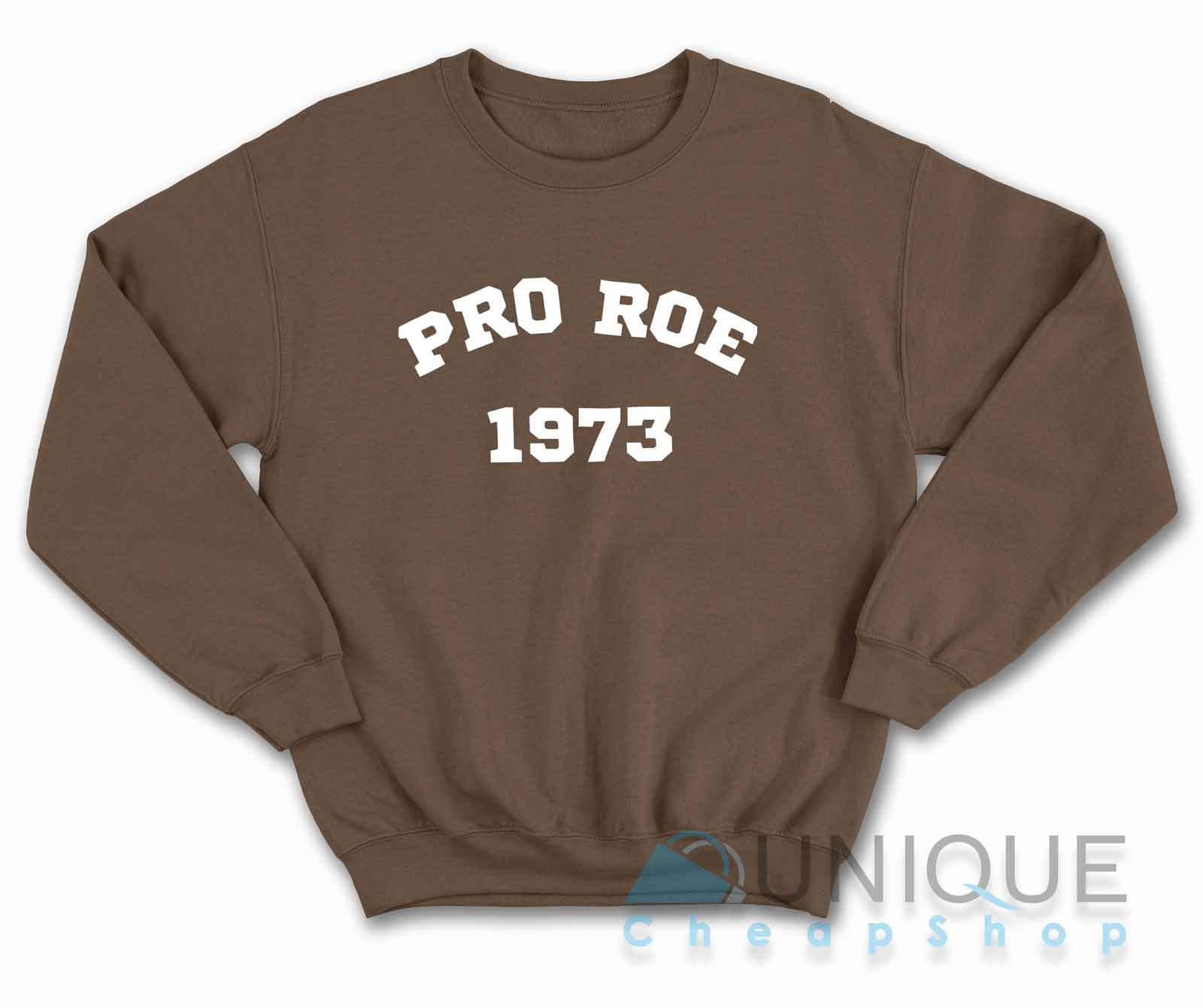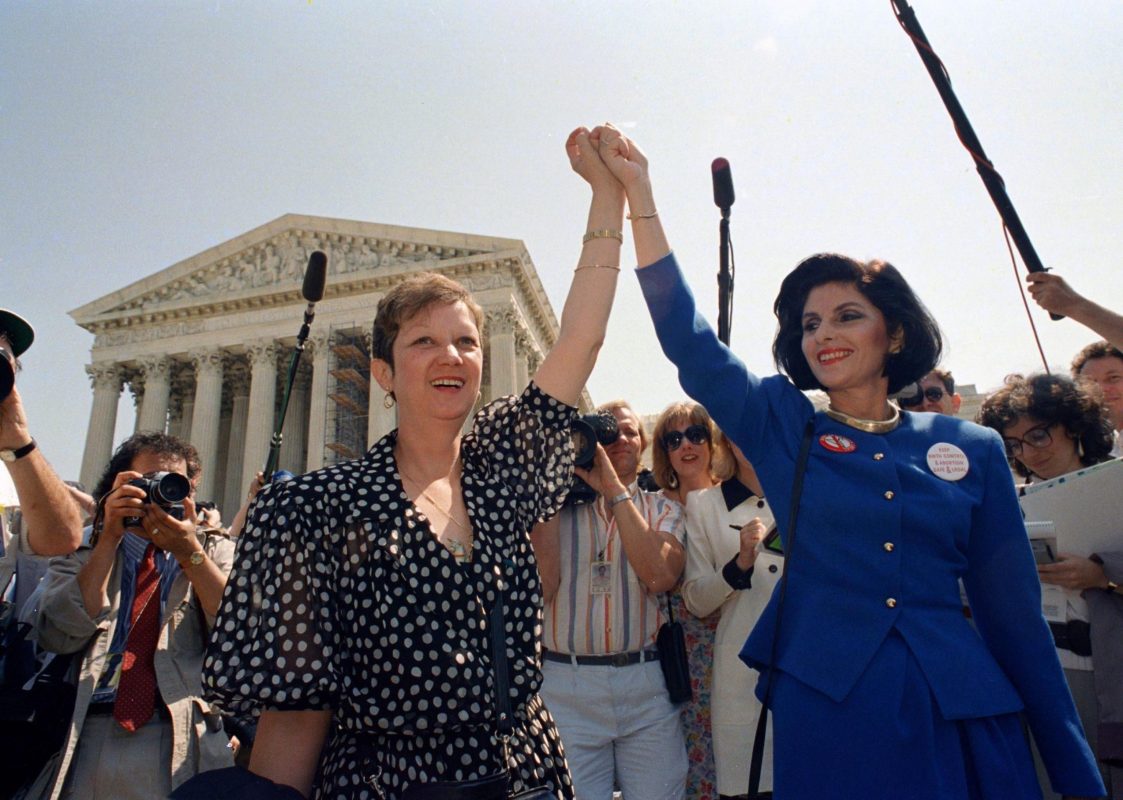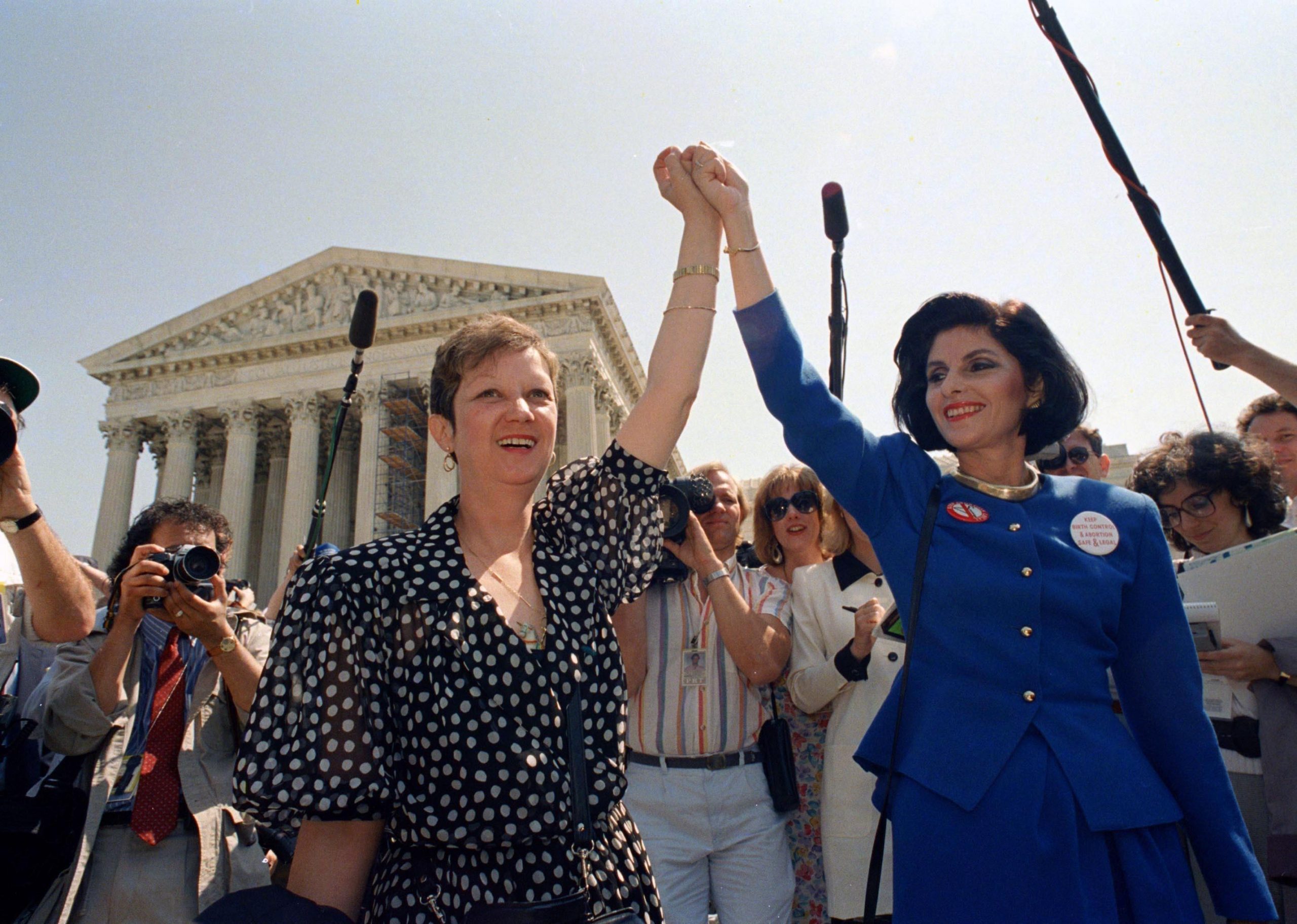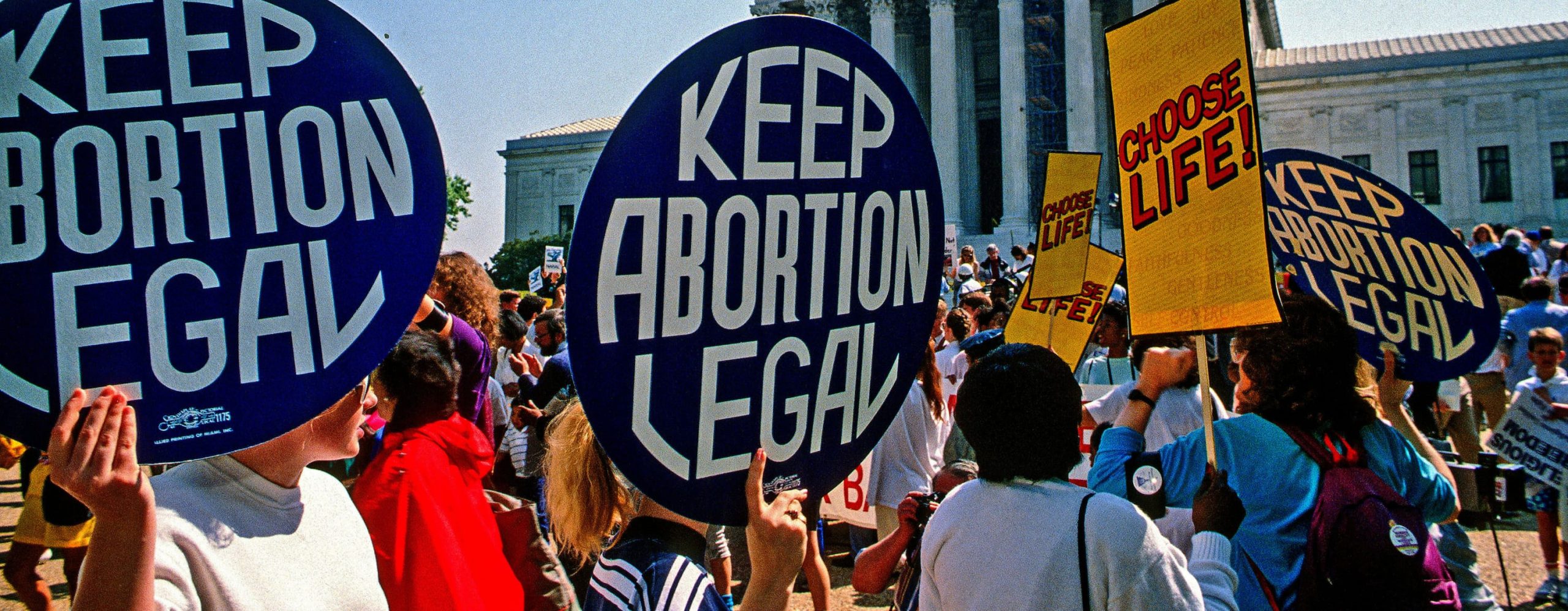Civil Rights Women Right Court Case Law Case Protest
Roe v. Wade 1973
Roe v. Wade
Roe v. Wade was a landmark legal choice issued on January 22, 1973, during which the U.S. Supreme Court struck down a Texas statute banning abortion, successfully legalizing the procedure throughout America. The court held woman’s right to an abortion was implicit in the right to privateness protected by the 14th Amendment to the Constitution. Previous to Roe v. Wade, abortion had been illegal all through a lot of the country since the reason that late 19th century.
source: apnews.com
Because of the 1973 ruling, many states imposed restrictions on abortion rights. The Supreme Court overturned Roe v. Wade on June 24, 2022, holding that there was now no federal constitutional right to an abortion. We provide many design artwork for Roe v. Wade 1973 at Unique Cheap Shop.
Supreme Court Ruling
In June 1970, a Texas district court dominated that the state’s abortion ban was illegal as a result of it violating a constitutional right to privateness. Afterward, Wade declared he’d continue to prosecute doctors who carried out abortions. The case finally was appealed to the U.S. Supreme Court. Meanwhile, McCovey gave beginning and put the child up for adoption. On Jan 22, 1973, the Supreme Court, in a 7-2 choice, struck down the Texas law banning abortion, successfully legalizing the process nationwide. In a majority opinion written by Justice Harry Blackmun, the court declared woman’s right to an abortion was implicit in the right to privateness protected by the 14th Amendment.
The court divided being pregnant into three trimesters and declared that the choice to end being pregnant within the first trimester was solely as much as the lady. Within the second trimester, the federal government might regulate abortion, though not ban it, in an effort to shield the mom’s well-being. Within the third trimester, the state could prohibit abortion to protect a fetus that would survive by itself outdoors in the womb, except when a woman’s health was in danger.
source: britannica.com
Jane Roe
In 1969, Norma McCorvey, a Texas woman in her early 20s, sought to terminate an undesirable pregnancy. McCorvey, who had grown up in tough, impoverished circumstances, previously had given birth twice and given up both children for adoption. At the time of McCorvey’s pregnancy in 1969 abortion was authorized in Texas however just for the aim of saving a woman’s life.
Jane Roe filed suit on behalf of herself and others to problem Texas abortion laws. A Texas doctor joined Roe’s lawsuit, arguing that the state’s abortion laws have been too imprecise for doctors to observe. He had beforehand been arrested for violating the statute. After making an attempt unsuccessfully to get an illegal abortion, McCorvey was referred to Texas attorneys Linda Espresso and Sarah Weddington, who have been desirous about difficult anti-abortion laws. In court paperwork, McCorvey became known as “Jane Roe.”

source: uniquecheapshop.com
Henry Wade
In 1970, the attorneys filed a lawsuit on behalf of McCorvey and all the opposite women “who were or may become pregnant and need to think about all choices,” against Henry Wade, the district lawyer of Dallas County, the place McCorvey lived. Earlier, in 1964, Wade was the national highlight when he prosecuted Jack Ruby, who killed Lee Harvey Oswald, the alleged assassin of President John F. Kennedy.
Legacy of Roe v. Wade
Norma McCorvey maintained a low profile following the court’s choice, however within the 1980s she was active in the abortion rights movement. Nevertheless, in the mid-1990s, after becoming friends with the head of an anti-abortion group and changing to Catholicism, she was a vocal opponent of the process. Since Roe v. Wade, many states imposed restrictions that weaken abortion rights, and Individuals stay divided over support for a woman’s right to decide on an abortion.
In 1992, litigation against Pennsylvania’s Abortion Management Act reached the Supreme Court in a case known as Planned Parenthood of Southeastern Pennsylvania v. Casey. The court upheld the central ruling in Roe v. Wade however allowed states to pass more abortion restrictions so long as they didn’t pose an “undue burden.” Visit our best products about Pro Roe 1973 at Unique Cheap Shop with the best designs.



